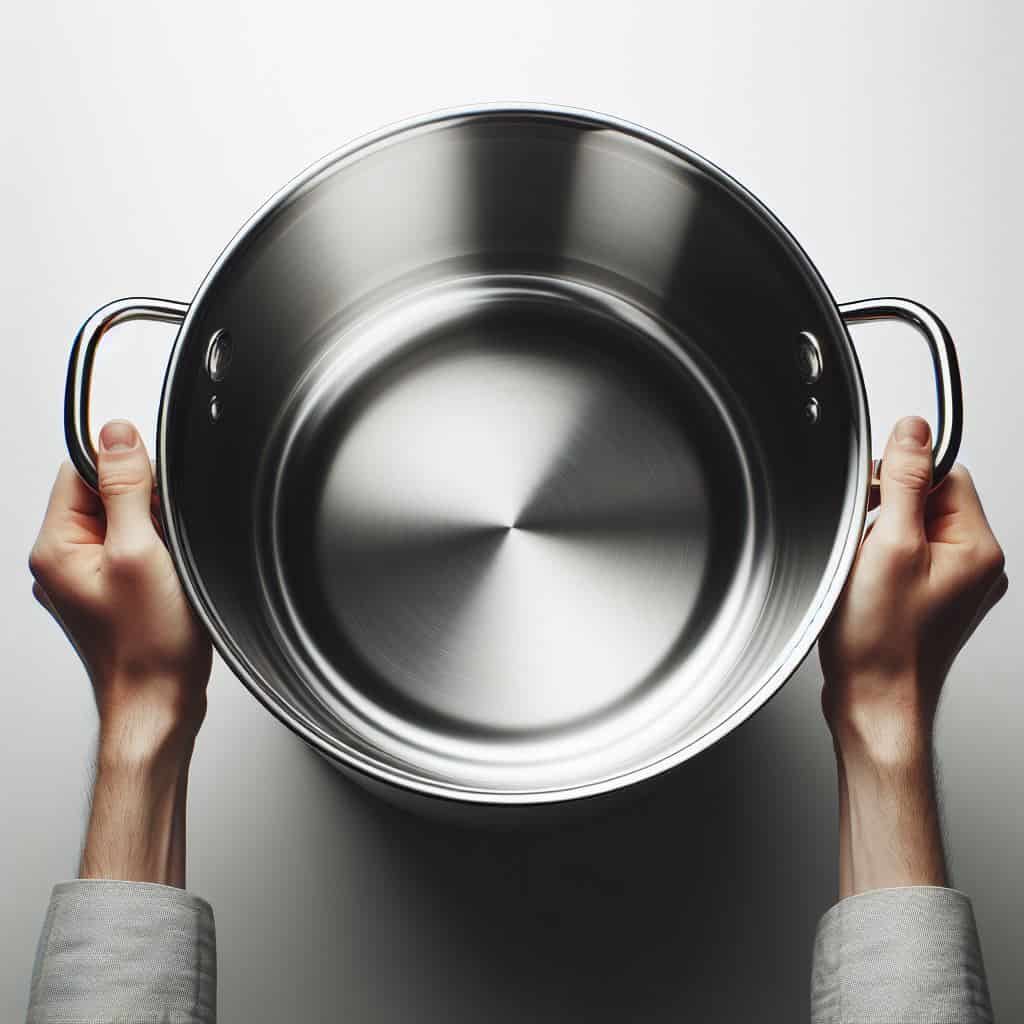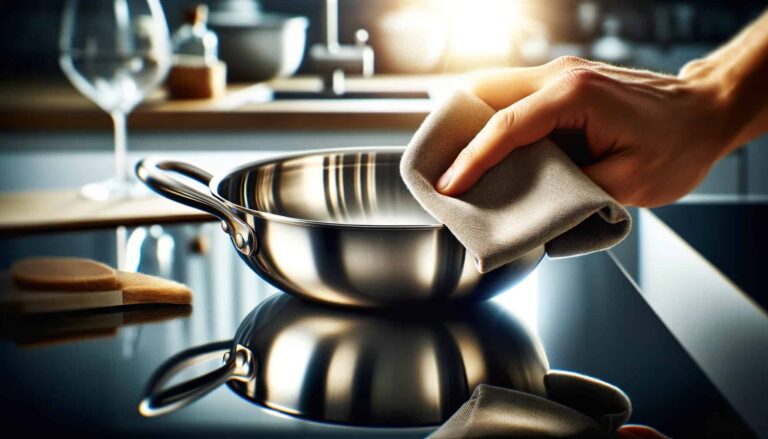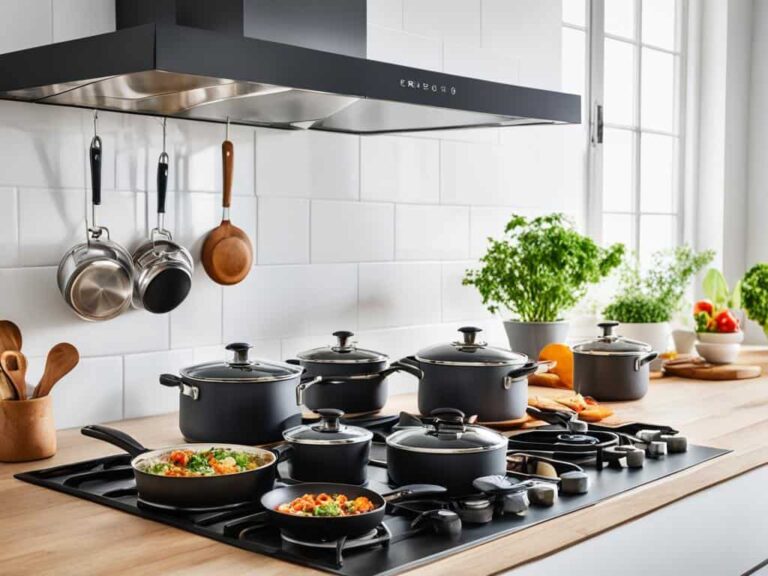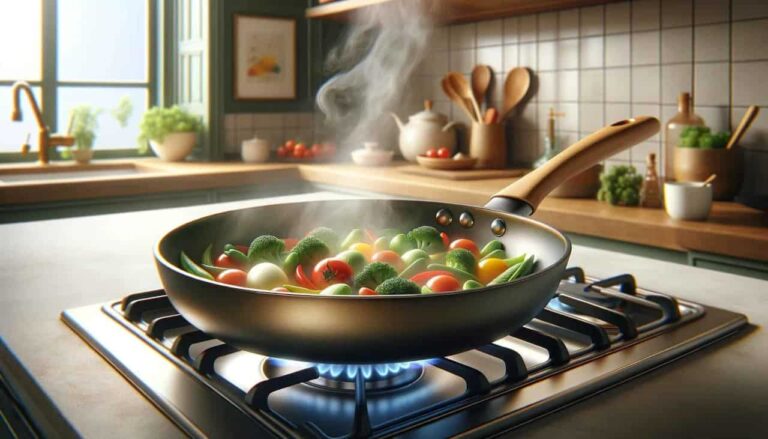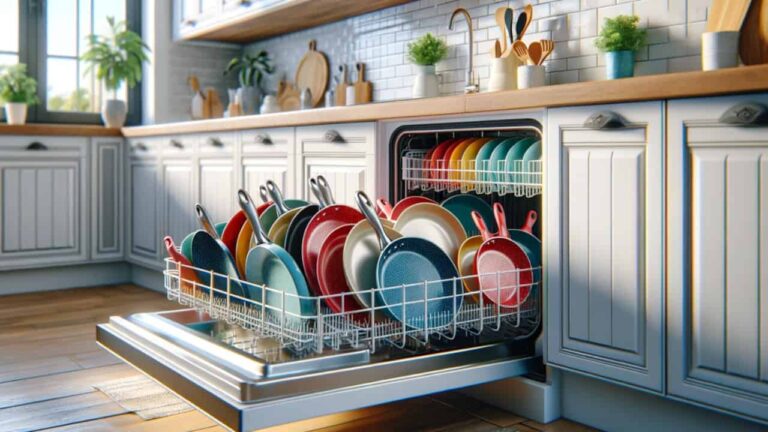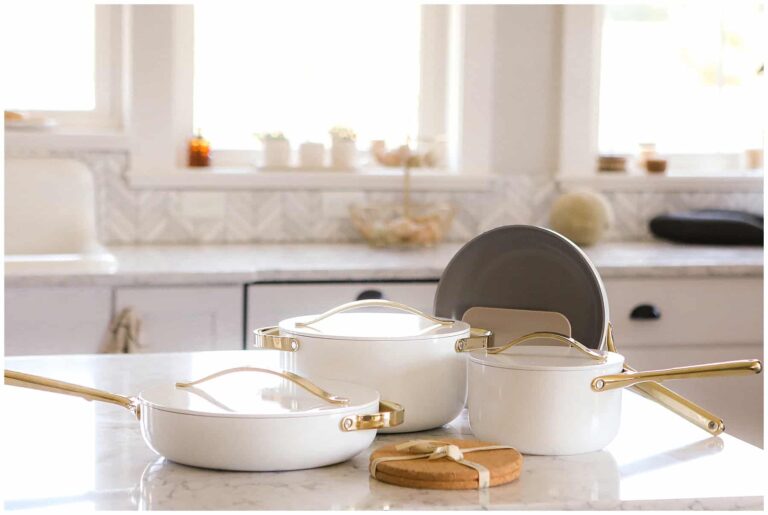A Deep Dive Into Stainless Steel Cookware Safety
When it comes to choosing cookware for your kitchen, stainless steel is often hailed as the top choice for its durability, corrosion resistance, and sleek appearance. But have you ever wondered: is stainless steel cookware safe?
With concerns about potential health risks associated with certain types of cookware, it’s essential to dig deeper into the subject to ensure the safety of yourself and your loved ones.
In this article, we’ll take a deep dive into stainless steel cookware safety, exploring its composition, potential hazards, and the importance of choosing non-toxic stainless steel cookware for your culinary endeavors. So, let’s get started and unravel the truth behind this popular kitchen staple!
Key Takeaways:
- Stainless steel cookware offers durability, even heat distribution, and versatility, yet it contains elements like chromium and nickel, which can pose risks for individuals with allergies or sensitivities.
- Potential health risks include metal leaching during cooking, especially in lower-grade stainless steel, highlighting the importance of choosing high-quality, food-grade stainless steel cookware from reputable manufacturers.
- Safe cooking practices, proper maintenance, and awareness of sensitivities guide the selection of cookware materials, with options like cast iron or ceramic offering alternatives to mitigate risks and ensure enjoyable culinary experiences.
What Makes Stainless Steel Cookware a Popular Choice?
Stainless steel cookware has become increasingly popular among home cooks and professional chefs. Its numerous benefits and advantages make it a top choice in kitchens worldwide.
- Durability: Stainless steel boasts exceptional durability, making it resistant to dents, scratches, and corrosion. This durability ensures that your cookware will last for years, even with regular use.
- Even Heat Distribution: One of the key advantages of stainless steel cookware is its ability to distribute heat evenly. This allows for precise and consistent cooking results, preventing hot spots and ensuring your food is perfectly cooked.
- Versatility: Stainless steel cookware is highly versatile. It can be used on various stovetops, including induction, which means you can enjoy the benefits of stainless steel cookware regardless of your cooking setup.
- Ease of Cleaning: Cleaning stainless steel cookware is a breeze. Its non-porous surface enables easy removal of food residues, and most stainless steel cookware is dishwasher-safe. Also, stainless steel’s remarkable resistance to staining and odor absorption minimizes the risk of bacteria growth, enhancing its overall hygiene.
Whether you’re a seasoned pro or a passionate home cook, stainless steel cookware offers the tools to help you prepare delicious meals with confidence.
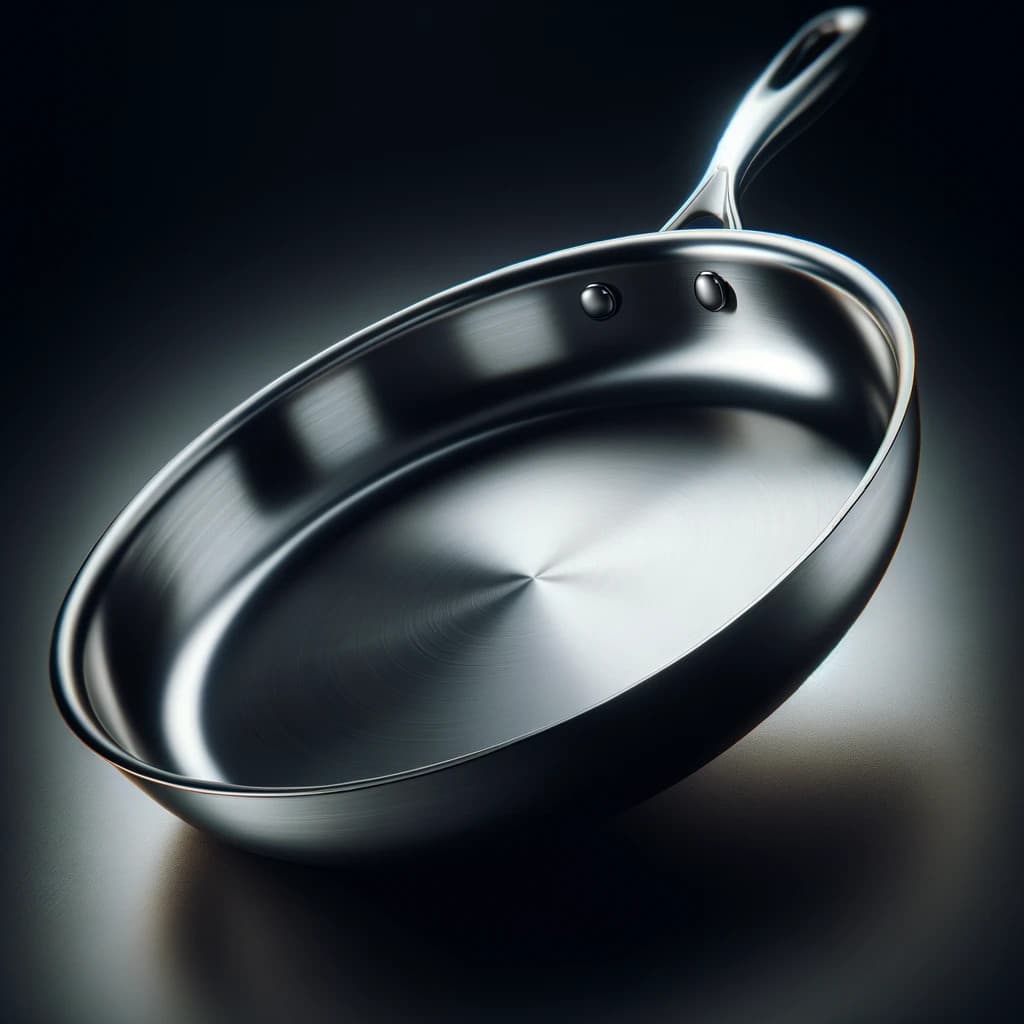
Composition of Stainless Steel Cookware
Stainless steel is an alloy, or mixture, of mostly iron and carbon. To make the alloy resistant to rust and corrosion, chromium is added. The amount of chromium in stainless steel can vary, but to be considered food safe, the National Sanitation Federation (NSF) asserts in their standard for Food Equipment Materials that there should be a minimum of 16% chromium present. Other elements, such as nickel and nitrogen, can also be found in stainless steel. However, nickel can be problematic for people with allergies or sensitivities.
Stainless steel cookware comes in various compositions, denoted by numbers such as 18/10, 18/8, and 18/0. These numbers represent chromium and nickel percentages. For instance, 18/10 contains 10% nickel, 18/8 has 8%, and 18/0 is nickel-free
The Role of Chromium
Chromium plays a crucial role in the composition of stainless steel cookware. When chromium comes into contact with the oxygen present in the air, a thin coating of chromium oxide is created on the surface of the cookware.
This coating acts as a shield, blocking the underlying iron from coming into direct contact with oxygen, moisture, and other elements that might lead to rusting and corrosion. As a result, chromium helps stainless steel cookware maintain its durability and longevity, even with regular use and exposure to various cooking conditions.
Nickel’s Double-Edged Sword
Nickel is often added to stainless steel to enhance its strength and corrosion resistance. Nickel is also the element that gives stainless steel its shiny, mirror-like finish. Unfortunately, it can be problematic for individuals who have allergies or sensitivities to some metals. Prolonged exposure may trigger adverse reactions, so it is essential to be aware of these sensitivities and choose cookware that meets your specific needs and preferences.
| Element | Role | Effect |
|---|---|---|
| Chromium | Provides rust and corrosion resistance | Protects stainless steel from degradation |
| Nickel | Enhances strength and corrosion resistance. Adds luster and shine. | Can cause allergies or sensitivities in some individuals |
Potential Health Risks of Stainless Steel Cookware
Stainless steel cookware is widely cherished for its durability and efficient heat distribution. Yet, it’s important to acknowledge the potential health risks associated with its use.
One concern is the leaching of metals into food during the cooking process, which could lead to adverse reactions, especially in individuals with allergies or sensitivities. Moreover, there’s a risk of exposure to heavy metals like lead or cadmium in lower-grade stainless steel, potentially causing harm to vital organs over time.
To safeguard against these risks, choose high-quality stainless steel cookware labeled as ‘food-grade’ or ‘surgical-grade’ from reputable manufacturers. If you have known sensitivities, consider using alternative cookware materials like cast iron or ceramic
Sensitivities and Allergies to Metals
Metals are commonly found in our daily lives, from the jewelry we wear to the cooking utensils we use. While many people don’t experience any issues with metals, there are some individuals who may have sensitivities or allergies to certain types. In particular, nickel sensitivity is quite common, with symptoms ranging from mild irritation to severe allergic reactions.
Stainless steel, a popular choice for cookware, is made up of a combination of metals, including iron, chromium, and nickel. While stainless steel is considered to be a safe, non-reactive, and non-toxic cookware option, it’s important to note that nickel is one of its components. For individuals with high sensitivities to nickel, it is recommended to choose nickel-free cookware made from 18/0, 21/0, or 430 steel.
These alternative steel options contain little to no nickel, reducing the risk of potential allergic reactions. It’s also worth considering using cookware with non-metal materials such as ceramic or glass, which eliminates any metal-related concerns altogether. Ultimately, understanding your own sensitivities and choosing the right types of cookware for your health is crucial.
Cooking Practices and Food Safety
Cooking isn’t just about creating culinary delights; it’s about nurturing ourselves and loved ones. But amidst the joy of creating, food safety plays a crucial role. Did you know the cookware you choose can impact your well-being?
Stainless steel cookware is a popular choice among professional chefs and home cooks alike, primarily because of its durability and heat distribution capabilities. But its true superpower lies in its unwavering commitment to safety. Unlike non-stick pans with potentially harmful chemicals seeping into your food, stainless steel is inert. It doesn’t interact with your culinary creations, ensuring you savor food in its purest form, free from unwanted additives.
But don’t let the cookware take all the credit! Safe cooking requires a multi-pronged approach:
- Become a hygiene champion: Washing hands before and after handling food, using separate cutting boards for raw and cooked ingredients, and keeping surfaces squeaky clean – these simple steps are your kitchen’s defense against cross-contamination and unwelcome bacteria.
- Temperatures: your secret weapon: Don’t rely on guesswork! Use a food thermometer to ensure meat, poultry, and seafood reach safe internal temperatures. For example, poultry needs to hit 165°F (74°C) to destroy salmonella. Remember, proper cooking eliminates harmful microorganisms.
- Beyond stainless steel: While it’s a fantastic choice, remember other options exist. Explore materials like cast iron or ceramic, each with its own advantages and considerations. The key is finding what suits your needs and preferences, always prioritizing safety.
By embracing stainless steel, following hygiene protocols, and mastering the art of temperature control, you unlock a world of delicious and safe meals. Safe cooking practices aren’t just about health; they allow you to truly relish the joy of cooking and sharing meals with loved ones. So, put on your apron, grab your thermometer, and embark on a culinary adventure where taste and safety go hand in hand!
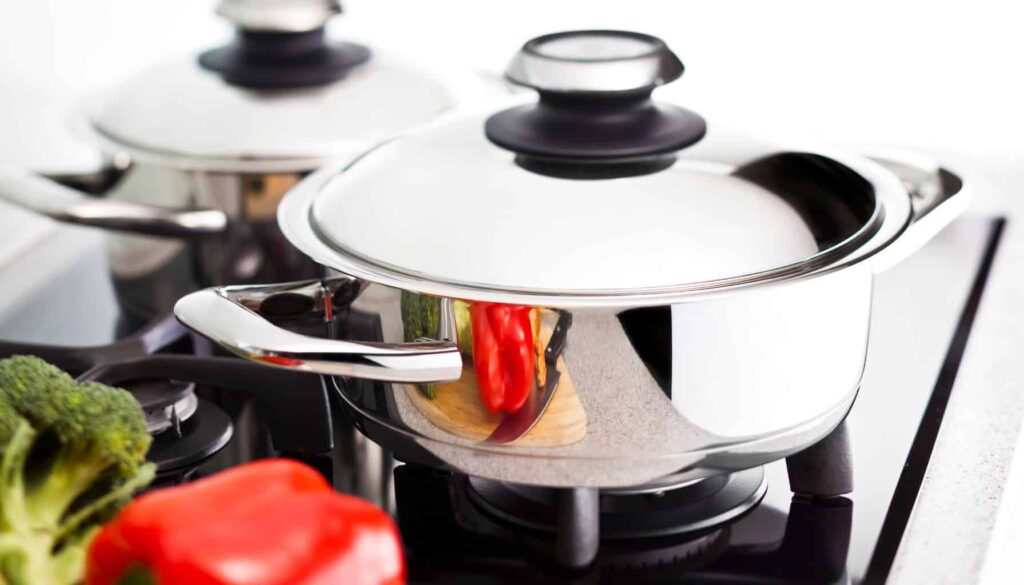
Maintenance and Care for Safety
Proper care and maintenance are essential for ensuring the safety and longevity of your stainless steel cookware. By following these tips and techniques, you can prevent common issues such as staining, scratching, and contamination.
Cleaning Stainless Steel Cookware
Keeping your stainless steel cookware clean is crucial for maintaining its appearance and integrity. Here are some care tips:
RELATED: Here is an article on the best ways to clean stainless steel cookware.
- Wash your cookware with warm, soapy water and a non-abrasive sponge or cloth.
- Harsh or abrasive cleaning solutions can scratch the surface of the stainless steel, so it is best to avoid them.
- Stubborn stains and burnt-on food can be treated with a gentle scrub created by mixing baking soda and water.
- For cooked-on grease or residue, you can try soaking your cookware in warm water with a few drops of dish soap before cleaning.
- Water spots and mineral deposits can be prevented by thoroughly drying your stainless steel cookware after washing.
Maintaining Stainless Steel Cookware
In addition to regular cleaning, proper maintenance is essential for the safety and performance of your stainless steel cookware. Here are some maintenance tips:
- Avoid using metal utensils or abrasive cleaning pads that can scratch the surface of the cookware.
- If you notice any scratches or signs of wear on the surface, consider using a stainless steel cleaner or polish to restore its shine.
- Avoid excessive heat. Extremely high heat can result in discoloration or warping. Always check the manufacturer’s instructions for the recommended heat limits.
- Inspect the handles and knobs regularly to ensure they are secure and tight. Loose handles can increase the risk of accidents.
- Avoid leaving acidic or alkaline foods in the cookware for extended periods, which can lead to discoloration and affect the taste of your dishes. Instead, transfer leftovers to proper food storage containers.
- Store your stainless steel cookware properly to prevent scratches and damage. Consider using protective dividers or placing a cloth between stacked pans.
- If your cookware has a non-stick coating, follow the manufacturer’s instructions for care and maintenance to preserve its effectiveness.
Identifying Signs of Wear or Damage
Regular inspections of your stainless steel cookware can help you identify any signs of wear or damage. Here’s what to look for:
- Check for any loose or wobbly handles that may need tightening.
- Inspect the surface of the cookware for scratches, pitting, or discoloration.
- Look for any signs of warping or distortion, which can affect heat distribution and cooking performance.
- Pay attention to any unusual smells, tastes, or changes in the appearance of your food when cooked in the cookware.
- If you notice any significant wear or damage, consider replacing the affected cookware to maintain safety and optimal cooking results.
Enhancing Heat Transfer with Composite Bases
Stainless steel cookware often features composite bases, where layers of different metals are added to the bottom. This improves heat distribution, making it suitable for various stovetops, including induction. The added layers of heat-conducting metal, often aluminum or copper, are then encased by stainless steel for durability and safety.
It is important to note that while aluminum is often used in the composite base for its thermal properties, aluminum cookware has been scrutinized for leaching into food, particularly when cooking acidic foods. However, in a composite base, the aluminum is typically sandwiched between layers of stainless steel, which prevents it from coming into direct contact with food and thus minimizes any risk of leaching.



Safety Regulations and Standards
Regulations in the United States for the safety of stainless steel cookware are overseen by federal agencies such as the Food and Drug Administration (FDA) and the Code of Federal Regulations (CFR), as well as standards from organizations like the American Society for Testing and Materials (ASTM).
- The FDA, through Title 21 of the CFR, sets guidelines to prevent harmful substances from transferring into food from cookware. Restrictions on chemicals like Bisphenol A (BPA) aim to limit potential migration into food.
- ASTM International provides standards for the manufacturing and testing of stainless steel cookware, ensuring product quality and safety.
- Certain states may have additional regulations. For example, California’s Proposition 65 requires warnings about chemicals, including those from cookware.
The safety regulations for stainless steel cookware in the United States are designed to ensure that these products are safe for food contact and use. For consumers, understanding these regulations, along with proper cookware maintenance and use, can help ensure safe cooking.
Stainless Steel Cookware Safety: Final Thoughts
While stainless steel often gets a thumbs-up for safety, an itchy rash or worse may not be worth the risk. If you have sensitive skin or a nickel allergy, using stainless steel might require a little extra caution.
The good news is that with some TLC and smart shopping, you can still enjoy its benefits. Keeping your pans squeaky clean, using safe cooking practices, and choosing reputable brands that prioritize quality materials can make all the difference. Think of it as an investment in delicious meals and happy tummies!
So, go forth, cook fearlessly, and remember, a little awareness goes a long way in making sure your stainless steel experience shines as bright as your perfectly cooked dish.
Frequently Asked Questions
Is it safe to put stainless steel cookware in the dishwasher?
Yes, stainless steel cookware is typically safe for dishwasher use. Yet, verifying the manufacturer’s guidelines is essential, as certain items might have unique care instructions. For preserving the condition of your cookware, hand washing stainless steel items with gentle dish soap and a soft sponge is often advised.
Does stainless steel cookware contain harmful chemicals?
No, stainless steel cookware does not contain harmful chemicals. It is made primarily of iron, chromium, and nickel, which are safe for cooking.
How can I ensure the safety of stainless steel cookware?
Look for cookware that complies with safety regulations and standards. Purchase from reputable brands and retailers, and follow the manufacturer’s instructions for proper use and maintenance.

